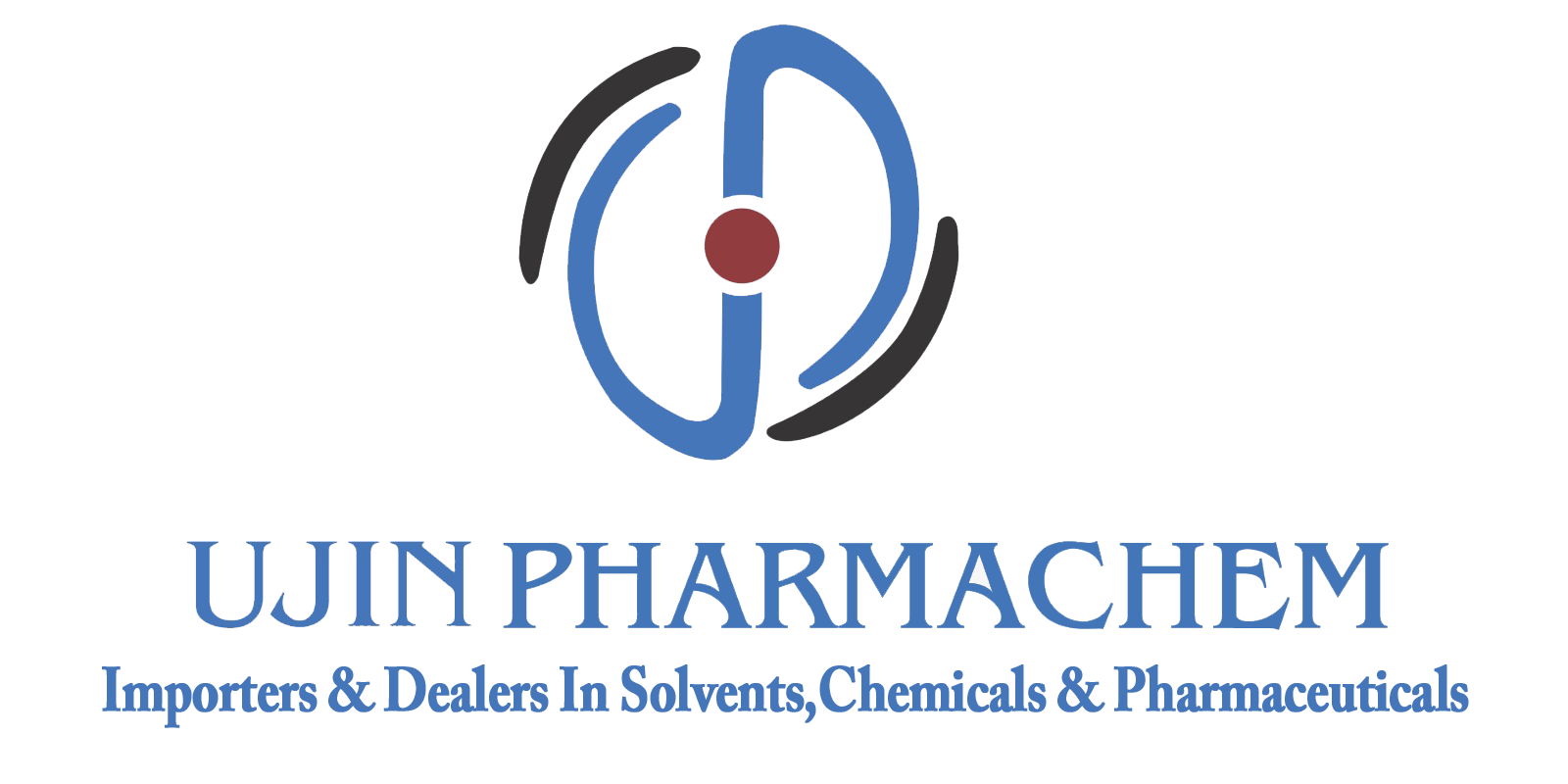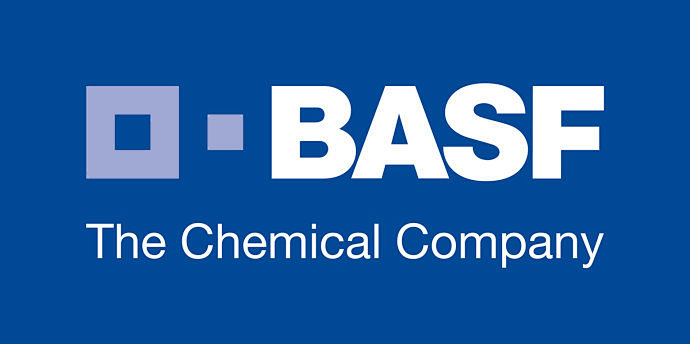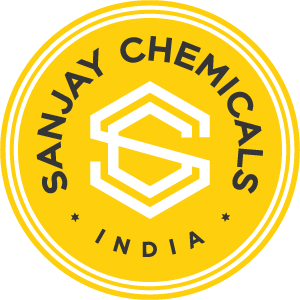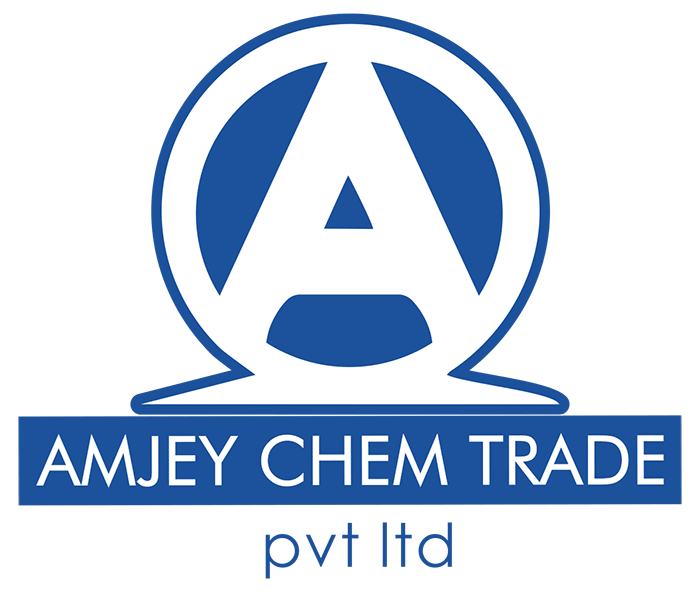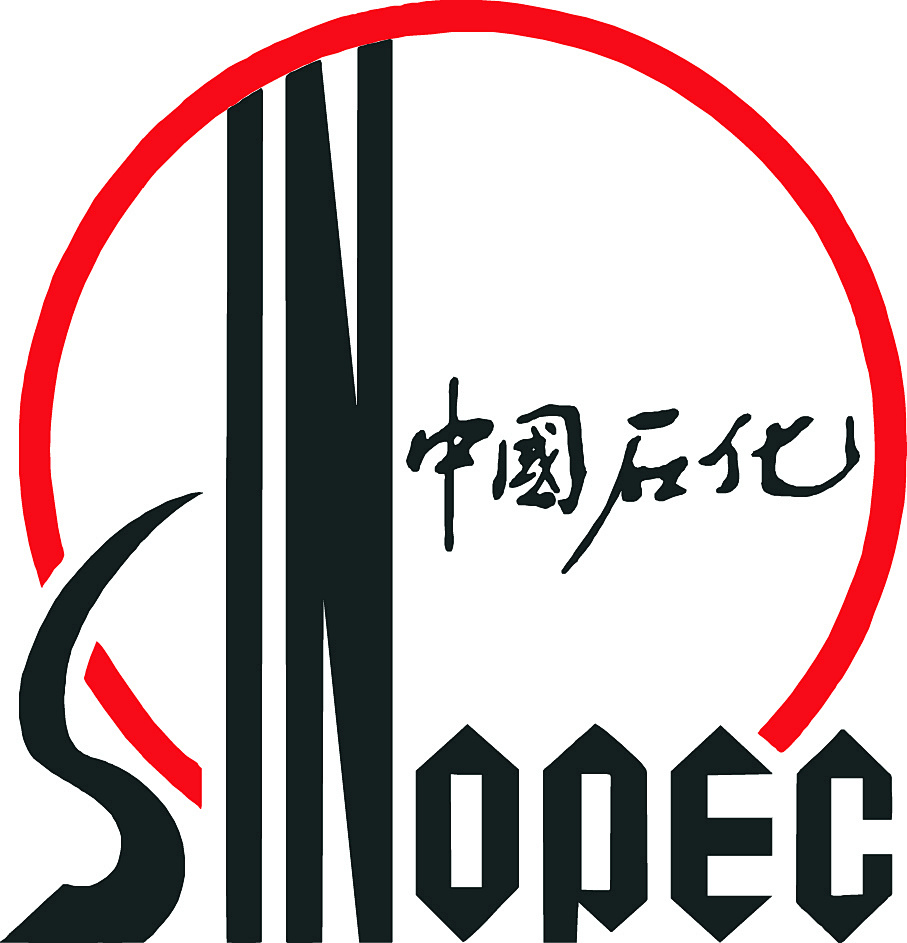| Chinese name |
dibutyl phthalate |
| English Name |
Dibutyl phthalate |
| Alias |
Repellent mosquito bites
palace Oil C
dibutyl phthalate
dibutyl phthalate
di-n-butyl phthalate
dibutyl o-benzoate
n-butyl phthalate
dibutyl phthalate
dibutyl phthalate
di-n-butyl phthalate
dibutyl 1,2-phthalate
dibutyl phthalate DBP
dibutyl phthalate (DBP)
dibutyl phthalate 080-02 [6] |
| English alias |
DBP
ARALDITE RESIN
Butyl phthalate
N-BUTYL PHTHALATE
Dibutyl phthalate
Dibutyl-o-phthalate
Di-n-butyl phthalate
Dibutyl Phthalate(DBP)
Diisobutyl Phthalate(DIBP)
PHTHALIC ACID DIBUTYL ESTER
Phthalic acid di-n-butyl ester
Dibutyl phthalate,abbreviation
PHTHALIC ACID DI-N-BUTYL ESTER
PHTHALIC ACID, BIS-BUTYL ESTER
dibutyl benzene-1,2-dicarboxylate
O-BENZENEDICARBOXYLIC ACID DIBUTYL ESTER
Benzene-1,2-dicarboxylic acid di-n-butylester |
| CAS |
84-74-2 |
| EINECS |
201-557-4 |
| Chemical formula |
C16H22O4 |
| molecular weight |
278.34 |
| InChIKey |
DOIRQSBPFJWKBE-UHFFFAOYSA-N |
| Density |
1.043 g/mL at 25°C (lit.) |
| melting point |
-35°C (lit.) |
| boiling point |
340°C (lit.) |
| Flash Point |
340°F |
| water solubility |
Slightly soluble. 0.0013 g/100 mL |
| Vapor pressure |
1mm Hg ( 147 °C) |
| steam density |
9.6 (vs air) |
| solubility |
Easily soluble in ethanol, ether, acetone, benzene |
| refractive index |
n20/D 1.492(lit.) |
| Storage conditions |
2-8°C |
| Sensitivity |
Easily absorbing moisture |
| Appearance |
Solid |
| Specific Gravity |
1.049 (20/20 ℃) |
| Color |
APHA: ≤10 |
| Merck |
14,3035 |
| BRN |
1914064 |
| explosion limit value |
0.47%, 236°F |
| Exposure Limits |
NIOSH REL: TWA 5 mg/m3, IDLH 4,000 mg/m3; OSHA PEL: TWA5 mg/m3; ACGIH TLV: TWA 5 mg/m3. |
| physicochemical properties |
colorless transparent oily liquid, slightly aromatic odor. Soluble in common organic solvents and hydrocarbons. |
| MDL No. |
MFCD00009441 |
| Dangerous Goods Signs |
T-Toxic
Items N-Environmentally Hazardous Items F-Flammable Items
|
| Risk Terms |
R61-May cause fetal injury.
, R50-Very toxic to aquatic organisms.
, R62-Risk of impaired fertility. R39/23/24/25 -
R23/ 24/25-Toxic by inhalation, skin contact and swallowing.
, R11-highly flammable. |
| Security terminology |
S53-Avoid contact, use before obtaining special instructions.
-S45-In case of accident or feeling unwell, seek medical attention (if possible, show their label).
S61-Avoid release to environment. Refer to Special Instructions/Safety Data Sheet.
, S36/37-Wear appropriate protective clothing and gloves.
, S16-Keep away from ignition sources. |
| Dangerous Goods Transport Number |
UN 3082 9/PG 3 |
| WGK Germany |
2 |
| RTECS |
TI0875000 |
| TSCA |
Yes |
| Customs number |
29173100 |
| Hazard Class |
9 |
| Packing Group |
III |
| Upstream raw materials |
Phthalic anhydride soda sulfate octanol isobutanol n-butanol |
| Downstream Products |
Tetrahydropyrone Q04-2 Various Colored Nitro Exterior Enamel Nicarbazine Nitro Paint Sheet N-Methyl-4-amino-phthalimide |
Dibutyl Phthalate -Introduction
dibutyl phthalate, also known as dibutyl phthalate, is a common organic compound. Dibutyl phthalate is a colorless liquid with a faint special aroma at room temperature.
dibutyl phthalate is mainly obtained by esterification of phthalic acid and n-butanol. It is a widely used chemical, mainly used in the manufacture of plastics and resins, such as polybutylene terephthalate (PBT) and polycarbonate (PC). Dibutyl phthalate acts to increase strength and toughness in these materials.
dibutyl phthalate can also be used as a softener and is added to textiles and coatings to increase their softness and durability. It is also used as a solvent for making inks and dyes.
dibutyl phthalate has some potential hazards. It may pose certain risks to the environment and health, including toxicity to aquatic organisms and interference with the endocrine system. Therefore, when using and handling dibutyl phthalate, attention should be paid to safe use and proper disposal of waste to reduce adverse effects on the environment and human body.
Dibutyl phthalate -properties
colorless transparent oily liquid, slightly aromatic odor, flammable. The relative density is 1. 045. Freezing point -35 ℃. Boiling point 335 ℃. The ignition point is 202 ℃. Flash point 171 ℃. Refractive index 1. 4926. Vapor pressure (150 ℃)146. 6Pa. Heat of vaporization 284. 7J/g. Specific heat capacity 1.79J/(g-℃). Viscosity (25 ℃)16. 3mPa.s. Soluble in common organic solvents and hydrocarbons. Dissolve 0. 03% in water at 25 ℃ and 0. 4% in water.
Dibutyl phthalate -preparation
The esterification reaction was carried out under normal pressure with phthalic anhydride and n-butanol as raw materials and sulfuric acid as catalyst. After the completion of the reaction, the product is neutralized with alkali liquor and washed with water, and then the product is obtained by dealcoholization and pressure filtration.
Dibutyl Phthalate -Introduction
is soluble in alcohol, ether, acetone and benzene, almost insoluble in water. Irritating to eyes, respiratory system and skin.
Dibutyl phthalate -use
This product is a plasticizer, non-toxic. Mainly used as PVC plasticizer, can make the product has good softness. Because of its relatively low price and good processability, it is widely used in China, almost equivalent to DOP. However, its volatility and water extraction are large, so the durability of the product is poor, and its use should be gradually limited. This product is a good plasticizer of nitrocellulose, gelation ability. Used for nitrocellulose coatings, with excellent softening effect, stability and adhesion. This product can also be used as polyvinyl acetate, alkyd resin, ethyl cellulose, natural and synthetic rubber, as well as plexiglass and plasticizer.
Dibutyl phthalate -safety
- The toxicity of this product is low, and the average oral LD50 of animals is 8 g/kg. Some people who come into contact with this product may be allergic to the skin. The maximum allowable concentration in air is 5 mg/m3. Britain, Germany, the United States, France, Japan, Italy and other countries allow plastic products used in contact with food. The equipment shall be closed and the operator shall wear protective equipment.
- are packed in drums. 180kg/barrel. Store in dry and ventilated place. Pay attention to prevent rain, sun protection and fire prevention. According to the provisions of general dangerous goods storage and transportation.
Dibutyl phthalate -Emergency
dibutyl phthalate. In case of dibutyl phthalate leakage or accident, the following emergency measures should be taken:
1. Protective measures: wear protective clothing, protective gloves, protective glasses and masks and other personal protective equipment to avoid direct contact with dibutyl phthalate. 2. Evacuate personnel: quickly evacuate the surrounding personnel to a safe area to avoid leakage.
3. Isolate the leakage area: seal off the leakage source, limit the leakage spread, and ensure good ventilation. 4. Stop the leak: If conditions permit, you can try to take appropriate measures to stop the leak, such as blocking the leak source.
5. to prevent ignition: phthalic acid butyl ester has a low flash point, should be away from fire, heat and electrostatic sparks and other possible fire factors.
6. Leakage treatment: In case of large leakage, sand, lime or other non-combustible materials can be used to absorb the leakage. In case of a small amount of leakage, the leakage can be collected in a closed container.
7. Waste disposal: Collected spills will be sealed, and in accordance with the relevant regulations for disposal or proper disposal. 8. Accident report: should be timely to the relevant units to report the accident situation, and according to the need to take further preventive and disposal measures.
Dibutyl phthalate -Storage and transportation characteristics
Dibutyl phthalate is sensitive to high temperature and sunlight and should be stored in a cool, dry, ventilated place to avoid exposure and overheating.
of dibutyl phthalate should be with strong oxidants, acids, alkalis and other substances separate storage, in order to prevent with these substances reaction, causing accidents.
Dibutyl phthalate -health hazard
Dibutyl phthalate (Dibutyl phthalate, DBP) is an organic compound commonly used as a plasticizer and solvent for plastics. While DBP is present in many consumer products, long-term exposure to high concentrations of DBP can pose a health hazard.
DBP can enter the body by inhalation, skin contact and mouth entry. It is considered to be carcinogenic, endocrine disrupting, reproductive toxicity and developmental toxicity and other hazards. The following are the effects that DBP may have on human health:
1. Endocrine disruption: DBP can interfere with the normal function of the human endocrine system and affect the production and release of hormones. This can lead to reproductive and developmental problems such as impaired gonadal function and reduced fertility.
2. Disrupting the reproductive system: DBP is considered to be toxic for reproduction and may have adverse effects on the reproductive system of both men and women. Men may experience problems such as decreased sperm quality and decreased sperm count, while women may face problems such as irregular menstruation and endometriosis.
3. has carcinogenic potential: some studies have shown that DBP may have carcinogenic potential. Animal experiments show that long-term high-dose exposure to DBP may lead to liver, lung, urinary system and other tumors.
Although the dangers of DBP have been confirmed by a large number of studies, for most people, exposure to low doses of DBP in daily life is relatively common and does not necessarily cause significant health risks. For people in a particularly sensitive stage, such as pregnant women, children, etc., should try to avoid contact with DBP.
dibutyl phthalate -toxicology
Dibutyl phthalate (Dibutyl phthalate,DBP) is a commonly used plasticizer, which is widely used in plastic products, coatings, inks, adhesives and other industries. Although DBP is very common in industrial production, it also has certain toxicological risks. DBP's main toxicological effects include:
1. Skin contact and inhalation: DBP can enter the body through skin contact and inhalation. Long-term exposure to high concentrations of DBP may cause skin sensitivity, irritation and inflammation, and even cause allergic skin diseases. Inhalation of high concentrations of DBP may cause respiratory irritation, headache, dizziness and other symptoms.
2. Reproductive toxicity: DBP is considered to be toxic to reproduction. Animal studies have shown that exposure to high doses of DBP may have adverse effects on the reproductive system, including reduced fertility, reduced sperm quantity and quality, ovarian toxicity, and these effects may have an impact on embryonic development.
3. Other effects: DBP is also suspected to be related to the development of certain cancers (such as liver cancer), although the current evidence is insufficient. DBP may also cause damage to the liver, kidneys, and nervous system.
in the use of DBP in the workplace, should take appropriate safety measures, such as wearing protective gloves, masks and goggles, to ensure adequate ventilation, etc., to reduce the potential harm of DBP to the human body. In addition, for pregnant and lactating women, exposure to DBP should be avoided as much as possible to prevent adverse effects on the fetus or baby.
The correct use and control of DBP exposure is very important to minimize potential harm.
Dibutyl Phthalate -Environmental Impact
DBP on the environment has a certain impact.
DBP is slowly metabolized in organisms and is easily accumulated in organisms, such as fish and shellfish. This can lead to problems such as toxicity and reproductive disorders, with adverse effects on aquatic organisms.
DBP can enter soil and water through soil and groundwater layers, causing pollution to soil and water ecosystems. Long-term exposure to high concentrations of DBP may have inhibitory effects on soil bacteria and microorganisms in groundwater.
DBP is also considered to be a potential endocrine disruptor, which may cause certain risks to human health. Studies have shown that DBP exposure may be associated with abnormal development of the male reproductive system, female reproductive system problems and hormonal disorders.
In order to reduce DBP's environmental impact, some countries and regions have restricted its use or listed it as a banned substance.
![]() +086 1911-7288-062 [ CN ]
+086 1911-7288-062 [ CN ]
![]() +852 97481178 [ HK ]
+852 97481178 [ HK ]



























































































